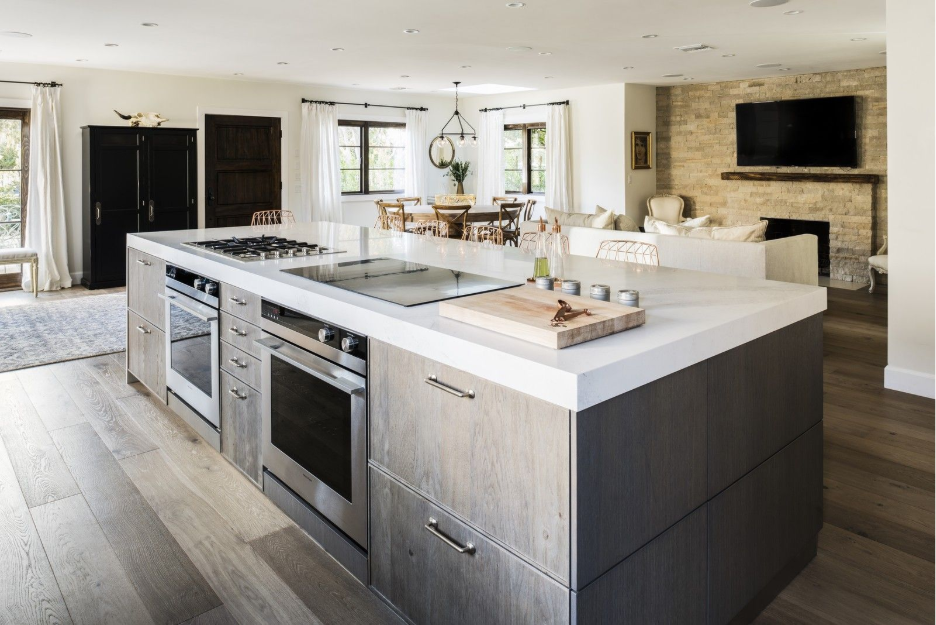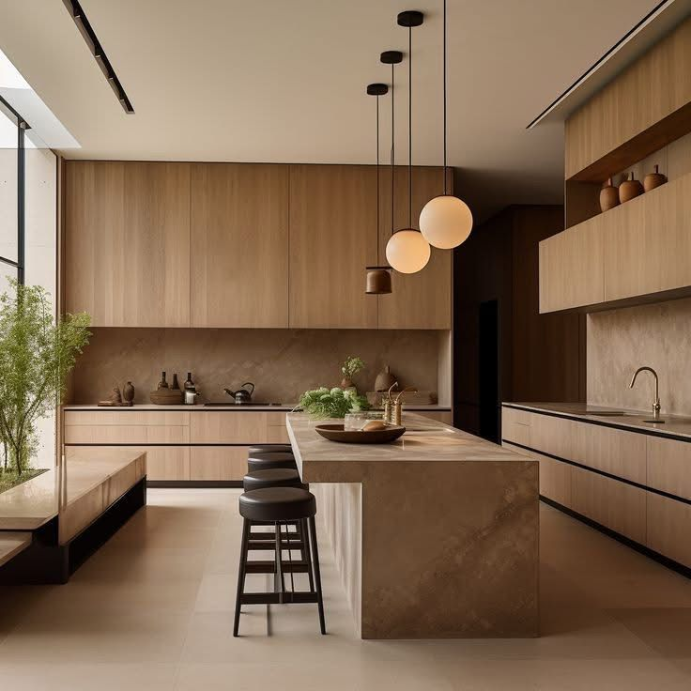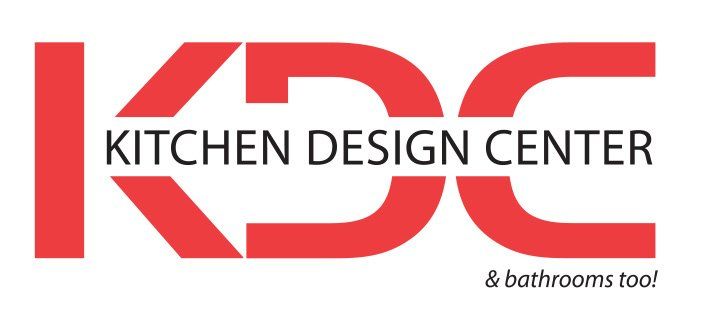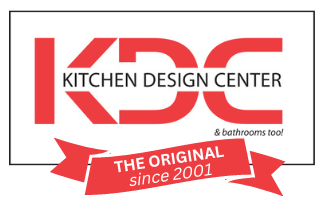The Psychology of a Dream Kitchen: How Design Shapes the Way We Live
Imagine walking into your kitchen first thing in the morning. The coffee station is in the perfect spot. Sunlight falls exactly where you like to stand as you cook breakfast. Everything feels easy, natural, even comforting.
That’s not an accident. Kitchen design is about much more than cabinets and countertops— it’s about shaping daily experiences and creating a space that feels right on a gut level.
At Kitchen Design Center (KDC), we’ve seen how the right layout can change the way families gather, how lighting can make a space feel alive, and how design choices can impact everything from cooking habits to connection.
Today, let’s explore how the psychology of design works in the kitchen—and how it can help you create a space that truly fits your life.
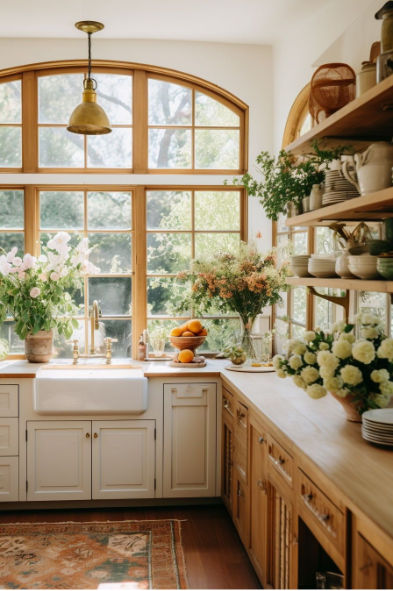
Why Our Brains Respond to Design
Neuroscience shows that humans make decisions emotionally first, then justify them logically later. When you walk into a room that feels chaotic, your body reacts before you even think about it—stress levels rise and focus drops.
The opposite is also true: a well-designed space calms the nervous system. Clear sightlines reduce stress. Efficient layouts save mental energy. Warm colors and textures spark feelings of comfort and safety.
Your kitchen isn’t just a room—it’s a stage for hundreds of micro-moments each day. Whether you realize it or not, the design of that space influences:
- How long you cook: A crowded, awkward layout makes people cook less often.
- How healthy you eat: Brighter, more open kitchens encourage more at-home meals.
- How much you connect: Islands and open floor plans naturally invite conversation.
At KDC, we design kitchens with both function and feeling in mind. Because the best kitchens don’t just look good—they work with human behavior, not against it.

The Behavior Science Behind Great Kitchen Layouts
Designers talk about the “kitchen work triangle”—the relationship between stove, sink, and refrigerator. It’s a good starting point, but modern behavioral science takes it further.
At KDC, our designers use principles like:
- Cognitive Ease – The brain likes things that are easy to process. Wide walkways prevent bumping into people or objects. Logical storage keeps everything where your brain expects it to be.
- Anchoring – First impressions shape perception. The first thing you see when you enter the kitchen sets the tone. A clear focal point—like a gorgeous island—creates a sense of order and beauty.
- Habit Loops – Design can make good habits effortless. Coffee stations near the dishwasher make morning routines smoother. Snack zones away from cooking areas keep kids safely out of the chef’s path.
These principles come straight from behavioral psychology but work invisibly in the background. A guest won’t say, “Ah yes, anchoring at work!” They’ll just say, “Wow, this kitchen feels amazing.”

Case Study: The Kitchen That Changed Family Life
One KDC client had a small, closed-off kitchen. Meals felt rushed. Family members ate at
different times.
We redesigned the space with an open floor plan, added bar seating at the island, and created a visual connection between the kitchen and living area.
The result:
- Family dinners increased from twice a week to nearly every night.
- Homework happened at the island while parents cooked.
- The home became the hub for gatherings.
The design didn’t just change the space—it changed behavior.
Design Choices That Subtly Influence Behavior
- Lighting for Mood and Function:
- Bright task lighting over counters = focus and productivity.
o Warm ambient lighting in dining areas = relaxation and conversation.
- Color Psychology:
- Soft blues and greens create calmness.
- Warm wood tones make spaces feel cozy and welcoming.
- Zoning:
- Clear cooking, cleaning, and social zones reduce friction.
- People naturally move where the design invites them to go.

Why DIY Designs Often Fall Short
Pinterest boards and online planners give you pieces of the puzzle—but not the whole picture. Behavioral flow, sightlines, and cognitive load aren’t always obvious in 2D renderings.
KDC uses professional tools like Cyncly CAD software to simulate not just how a kitchen looks, but how it works. We anticipate traffic flow, lighting angles, and ergonomic details
that influence behavior every day.


The Subtle Art of Persuasion in Design
When done right, a kitchen gently nudges you toward better living:
- Fruit bowls at eye level = more healthy snacking.
- Comfortable seating near cooking zones = more family time.
- Accessible storage for appliances = less clutter, more cooking.
It’s behavioral design for your home—quiet, invisible, but powerful.
How to Start Your Dream Kitchen Project
If you’re considering a remodel, start with these steps:
- Observe Your Habits – Where do bottlenecks happen? What feels frustrating?
- List Your Goals – More family dinners? Healthier cooking? Easier entertaining?
- Schedule a Design Consultation – Our $250 design consultation includes expert guidance from KDC designers who combine design science with style to create a space that truly works for you.

Conclusion
A dream kitchen isn’t just about cabinets and counters—it’s about shaping the experiences you want to have in your home every day.
At KDC, we blend design expertise with behavioral insight to create kitchens that look stunning, function flawlessly, and feel like the heart of your home.
Ready to see what your space could become? Book your design consultation today and let’s design a kitchen that changes the way you live.
